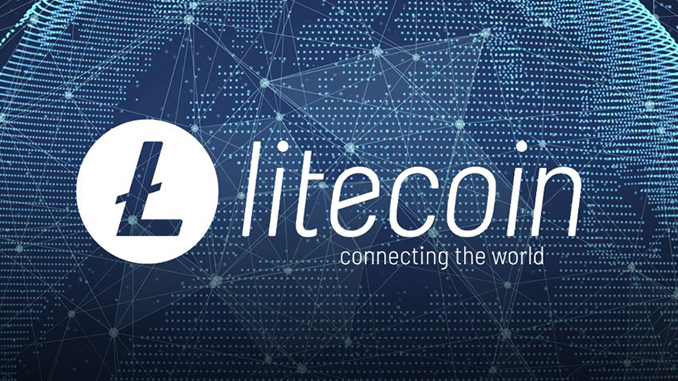
At the end of January, resourceful developers found a way to anchor NFTs in the Bitcoin (BTC) blockchain as well. Now Litecoin (LTC) is following suit. Will this potentially shake up the market for NFTs?
NFTs have been a huge topic on the crypto scene since 2020 at the latest, with the recent power struggle between NFT marketplaces Blur and OpenSea proving the financial potential. But while Ethereum (ETH)-based NFTs have dominated the market, sometimes even fetching prices in the millions, Bitcoin (BTC) has seemed left out. Bitcoin’s blockchain is not inherently prepared to specifically create NFTs, and BTC’s code is only modified every few years based on experience. But developers recently found an option to nevertheless document tokens in the blockchain that can be compared to NFTs, which they call “Ordinal Inscription”. This model is now also being followed for Litecoin (LTC). So it’s high time to take a closer look at this kind of NFT aka “Ordinal Inscription”.
Actually, every BTC coin or its subunits should be standardized and thus always represent the same value. However, the concept of “Ordinal Inscription” is a successful trick. This can be illustrated with the hobby of coin collectors: In itself, every euro coin is worth the same. But rare mintages, for example, are traded at higher prices. The new Bitcoin NFTs (“Ordinal Inscription”) stand out because they get an unchangeable appendage that distinguishes them from the usual BTCs. Technologically, this is made possible by cleverly combining the last two Bitcoin updates, Segwit and Taproot.
Litecoin (LTC) was created back in 2011 as a fork of Bitcoin and has also implemented the Segwit and Taproot updates. So it stood to reason that Bitcoin’s “Ordinal Inscription” NFTs should also be possible on Litecoin. On Twitter, rewards were offered to developers who succeeded in doing this in practice – and lo and behold: This week, developer Anthony Guerrera announced the first Litecoin NFT in the form of “Ordinal Inscription” and published a whitepaper describing the approach. According to this, problems regarding the Litecoin exclusive module “Mimblewimble” had to be solved.
Bitcoin NFTs now also on Litecoin – not everyone is cheering
The data on “Ordinal Inscription” on Bitcoin is exciting: more than 164,00 such BTC NFTs have already been generated, at times driving up transaction fees on Bitcoin. In addition, a Bitcoin “Ordinal Inscription” occupies more storage space than an ordinary BTC (share) in transactions, and critics see the danger that they will regularly “clog up” the blockchain in the future. On the other hand, it is argued that anonymous Bitcoin inventor Satoshi Nakamoto defined BTC as a money substitute in his 2018 whitepaper, but did not rule out other uses. Meanwhile, in Litecoin, the proof of concept of “Ordinal Inscription” NFTs gained recognition even from developers who are part of the official LTC team.
Reliable data on whether a secondary market will form around Bitcoin NFTs is still lacking. Since these particular BTC tokens offer the ability to actually link all types of media from text to image to audio to video, they can map to anything Ethereum NFTs do. It is only when anchoring pro-rata payments on the resale of NFTs, which flow automatically to the original creator, that Bitcoin NFTs must match. This is a feature that Ethereum NFTs like to use. In principle, the situation can now be applied to Litecoin as well. One important reason why Ethereum NFTs are considered the ultimate among collectors and traders is that they assume an eternal ETH blockchain. With alternatives such as Cardano (ADA) or Solana (SOL), there may be fears that the networks will lose relevance in the long run.
Conclusion: NFTs in Bitcoin and Litecoin – more than a technological gimmick?
The overall NFT market remains a young entity, but with projects like CryptoPunks or Bored Ape Yacht Club, it has already produced collections that radiate beyond the crypto scene. Bitcoin NFTs are built on the crypto industry’s reserve currency, which should boost trust. Now, like Litecoin NFTs, they need attractive content first. Then they could actually change the NFT market.

Leave a Reply